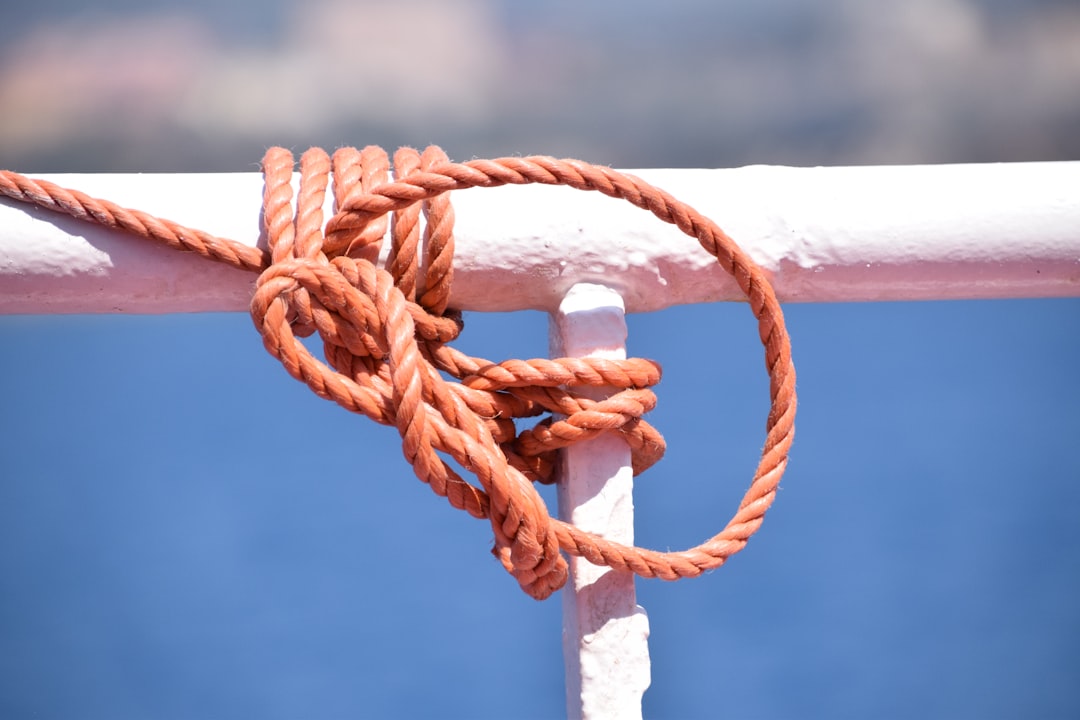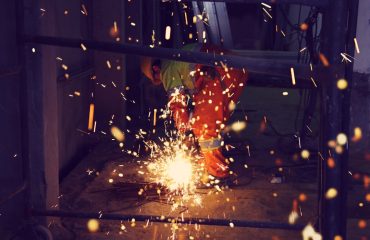The marine environment presents unique challenges to the integrity and safety of piping systems. From the corrosive effects of saltwater to the constant motion and vibration of a vessel, ensuring the safety and reliability of pipes is paramount for the prevention of accidents, environmental damage, and economic losses. This guide delves into crucial aspects of marine pipe safety, providing insights for engineers, technicians, and anyone involved in marine operations.
1. Material Selection: The Foundation of Marine Pipe Safety
Choosing the right pipe material is the cornerstone of a safe and long-lasting marine piping system. The selection process must consider various factors, including the fluid being transported (e.g., seawater, fuel oil, chemicals), operating pressure and temperature, environmental conditions (saltwater corrosion, UV degradation), and regulatory compliance. Common materials include:
- Stainless Steel: Offers excellent corrosion resistance, making it suitable for various applications, especially those involving seawater or corrosive chemicals.
- Ductile Iron: A cost-effective option for lower-pressure applications, providing good strength and corrosion resistance.
- Carbon Steel: Often used with protective coatings (e.g., zinc, epoxy) to mitigate corrosion, particularly in less aggressive environments.
- Plastics (PVC, CPVC): Suitable for specific applications where corrosion resistance is crucial and pressure requirements are moderate.
Careful consideration of material compatibility with the transported fluid is vital to prevent chemical reactions, degradation, and potential leaks. Industry standards and classification society regulations must be adhered to throughout the selection process.
2. Design and Installation: Ensuring Structural Integrity
Proper design and installation are critical to prevent failures. The design must account for the dynamic forces experienced at sea, including vibrations, shock loads, and thermal expansion. This involves:
- Stress Analysis: Ensuring the pipe system can withstand the expected pressures and loads throughout its lifespan.
- Proper Support Systems: Utilizing appropriate hangers, clamps, and restraints to minimize stress and vibration.
- Expansion Joints: Incorporating expansion joints to accommodate thermal expansion and contraction, preventing pipe damage.
- Welding and Flanging: Employing qualified welders and adhering to stringent welding procedures to guarantee joint integrity. Regular inspections of welds are crucial.
- Proper Slope and Drainage: Designing the system to allow for proper drainage to prevent water accumulation and corrosion.
Deviation from approved design specifications during installation can compromise the entire system’s safety and reliability.
3. Regular Inspection and Maintenance: Proactive Safety Measures
A proactive approach to maintenance is essential for long-term pipe safety. Regular inspections, both visual and non-destructive testing (NDT), should be conducted to identify potential issues early. NDT methods include:
- Ultrasonic Testing (UT): Detects internal flaws and corrosion.
- Radiographic Testing (RT): Reveals internal defects and weld imperfections.
- Magnetic Particle Testing (MT): Detects surface and near-surface cracks in ferromagnetic materials.
A comprehensive maintenance plan should include:
- Scheduled inspections based on risk assessment
- Prompt repair or replacement of damaged components
- Corrosion protection measures, such as coatings and cathodic protection
- Regular cleaning and flushing to remove debris and prevent blockages
4. Emergency Shutdown Systems: Mitigation of Catastrophic Failures
Marine piping systems handling hazardous materials require robust emergency shutdown systems (ESD). These systems are designed to quickly isolate sections of the piping in case of leaks, ruptures, or other emergencies. Key components include:
- Emergency Shut-off Valves: Strategically placed valves that can quickly isolate affected sections of the pipeline.
- Pressure Relief Valves: Designed to relieve excess pressure and prevent catastrophic failures.
- Leak Detection Systems: Employing sensors and alarms to detect leaks promptly.
- Emergency Response Plans: Detailed plans outlining procedures for handling emergencies, including personnel safety and environmental protection.
Regular testing and maintenance of ESD systems are critical to ensure their effectiveness in emergency situations.
5. Regulatory Compliance and Standards: Navigating the Legal Landscape
Adherence to relevant regulations and standards is crucial for ensuring marine pipe safety. These regulations vary depending on the flag state of the vessel, the type of cargo being transported, and the geographical location of operation. Key standards and regulations include:
- International Maritime Organization (IMO) regulations: Cover various aspects of marine safety, including the design, construction, and operation of piping systems.
- Classification society rules: Organizations like ABS, DNV, and Lloyd’s Register provide detailed rules and guidelines for marine piping systems.
- National and regional regulations: Specific regulations may apply depending on the location of operation.
Staying updated on the latest regulations and standards is essential for maintaining compliance and ensuring the safety of marine piping systems.
By diligently following these guidelines and prioritizing safety throughout the lifecycle of marine piping systems, we can significantly reduce the risk of accidents and ensure the safe and efficient operation of vessels and offshore platforms.




